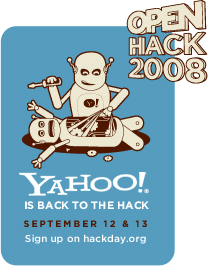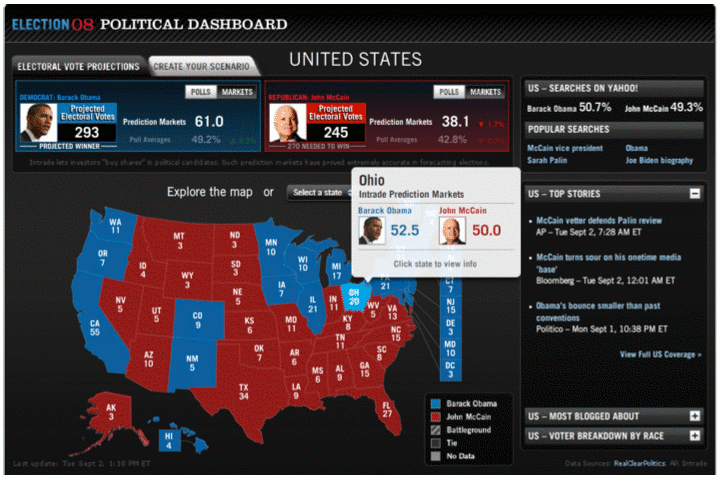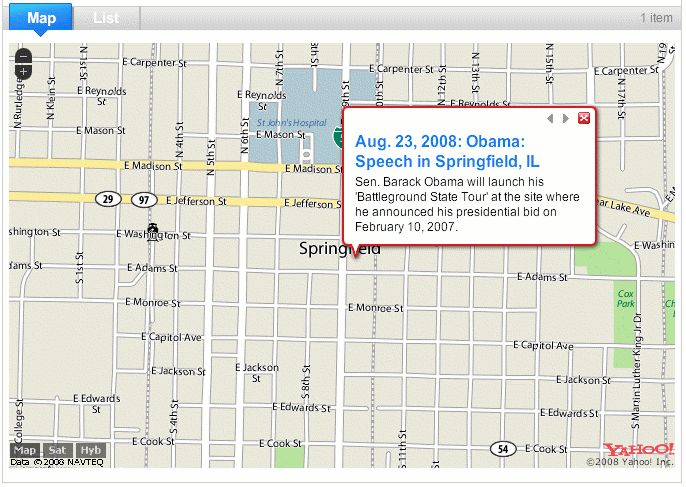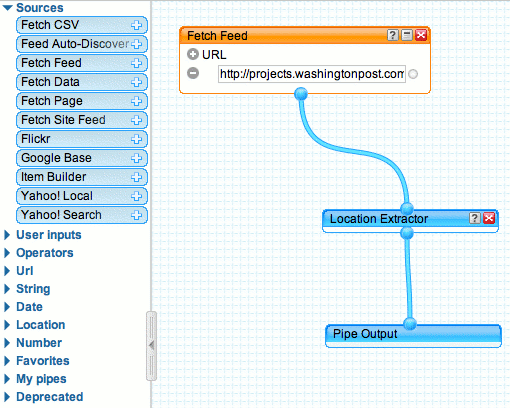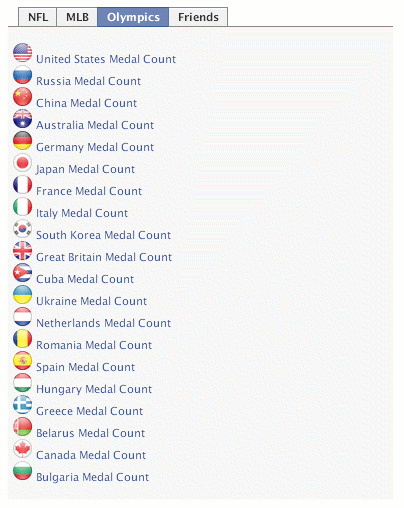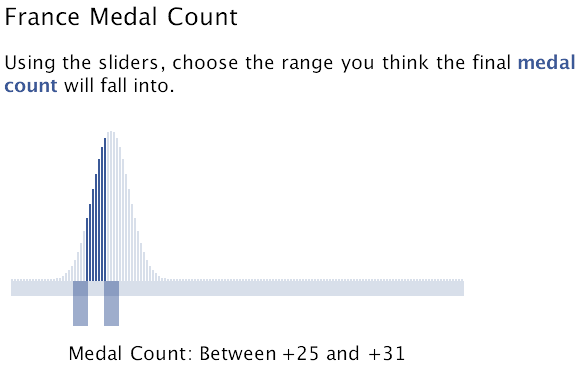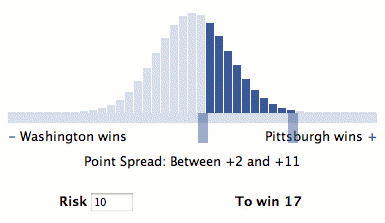Well, geeks are certainly inheriting my earth.
On January 13, my company named Carol Bartz, a self-avowed math nerd and former punch-card carrying member of her college computer club, as its CEO. In her own words:
I was a real nerd. I love, love, love, love math. Back in the late ’60s, math meant being a teacher if you were a woman. I wasn’t interested in teaching. Then I took my first computer course. It was crazy. It was like math, only more fun. I switched to computer science.
Exactly one week later, on January 20, my country turned over executive control to Barack Obama, a CrackBerry addicted comic book geek. In his inauguration speech, Obama vowed to “restore science to its rightful place”, “wield technology’s wonders”, and even addressed “non-believers” — wording that in any sane universe should be entirely unremarkable, yet in ours appears to represent an unprecedented milestone.
I can’t recall a two-week span filled with so much geek pride and cautious optimism.
Back to the Carol Bartz quote. Reading it brings a smile to my face. It also reminds me of my mom, who, convinced it was her only option, taught middle school for a few years before returning to medical school to pursue her passion, enjoying a successful career as one of the first women radiologists.
I highly recommend Bartz’s essay, which mixes biography with prescience and insight. Bartz describes how technology and the Internet are transforming collaboration and improving productivity, at the same time ushering in an era of information overload, email bankruptcy, and misuse of the extra time technology affords. Remarkably, she wrote about these things in 1997!
It’s amazing to think how things have changed since 1997. My own first web experience, courtesy Mosaic, came in 1994, the same year Yahoo! was founded. In 1996, PayPal predecessor and public company First Virtual wrote their own keystroke-sniffing malware as a stunt to bolster their urgent call to “NEVER TYPE YOUR CREDIT CARD NUMBER INTO A COMPUTER”. Ebay was founded in 1995, PayPal in 1998. In 1997, Friendster had neither come nor gone, and Facebook CEO Mark Zuckerberg was 13.
Yet Bartz’s words seem more relevant than ever today.

